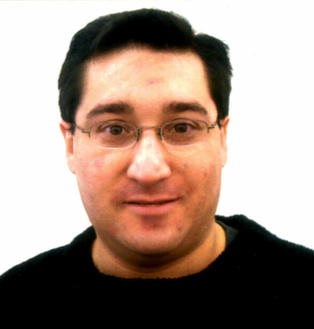 In this week’s MobiHealthNews industry roundup, Brian Dolan hit the nail on the head.
In this week’s MobiHealthNews industry roundup, Brian Dolan hit the nail on the head.
“Do-It-Yourself Health Care with Smartphones: That’s the misguided title of an article in the New York Times this week,” he wrote. “The article starts with the 500 million people will be using mobile health statistic — which is the best confirmation we have for mHealth being atop the Gartner hype cycle — and devolves into a discussion about Microsoft’s HealthVault, Google Health and other PHRs.”
Look further into the article and you see how vendors and the mainstream media have bought the hype. “We decided to integrate with Google Health and HeathVault because, based on their potential, a lot of people are using them as a destination site,” John Hendel, chairman of Entra Health Systems, maker of the MyGlucoHealth mobile diabetes management system, is quoted as saying.
What?
Whenever someone offers me a story about personal health records, I ask them to show me some evidence that their product is being used by more than a small test population. Not once has anyone produced a shred of proof.
Last year, Google actually had to deny a report from Chilmark Research’s John Moore that it had effectively pulled the plug on its little-used PHR platform. Microsoft hasn’t had the same image problem, but, let’s face it, the only PHRs being accepted right now are those directly connected to a large health system’s EHR.
Epic Systems has done a good job pushing its myChart portal to its customers, and some with home-grown EHRs such as Partners HealthCare System, have gained acceptance for their PHRs. But untethered PHRs — and there are plenty of products that have been around much longer than HealthVault or Google Health that don’t have the name cachet — remain a tiny niche market.
I mention this in part because we’re just a week removed from the largest health IT event of the year, the HIMSS conference. As always, there was a lot of substantive discussion on technology that is transforming healthcare — and HIMSS CEO Steve Lieber did indicate that mobile was “the future” — but the strengthening economy also meant that the HIMSS hype was back with a vengeance this year.
On the Chilmark blog, Moore posted a photo that, to me, illustrated what a sideshow the exhibit hall has become once again. Why exactly would a vendor need acrobats to draw attention to its product? Other companies featured magicians, and, of course, there were the ever-present “booth babes” hired as eye candy for the predominantly male audience. (The number of women at HIMSS seems to grow every year. Haven’t the vendors caught on to that?)
If you wanted to look beyond the hype, there were a few nuggets to be found. Remember my January interview with Roger Lee Heath of mobile telemedicine vendor LifeBot? As part of LifeBot’s new partnership with Hewlett-Packard, Heath got legendary trauma surgeon Dr. James H. “Red” Duke Jr. to show up at the HP booth for a day, where Duke showed off the “super ambulance” concept he pioneered. HP even brought in one of the high-tech vehicles from Texas for live demonstration of the technology at HIMSS.
As we reported this week and last, a few of the HIMSS educational sessions examined mobile health in detail — in the real world, not the fabricated environment of a convention hall. So even though m-health may be at the top of the Gartner hype cycle right now, there seems to be plenty of substance behind this burgeoning field. You just have to know how to find it.














